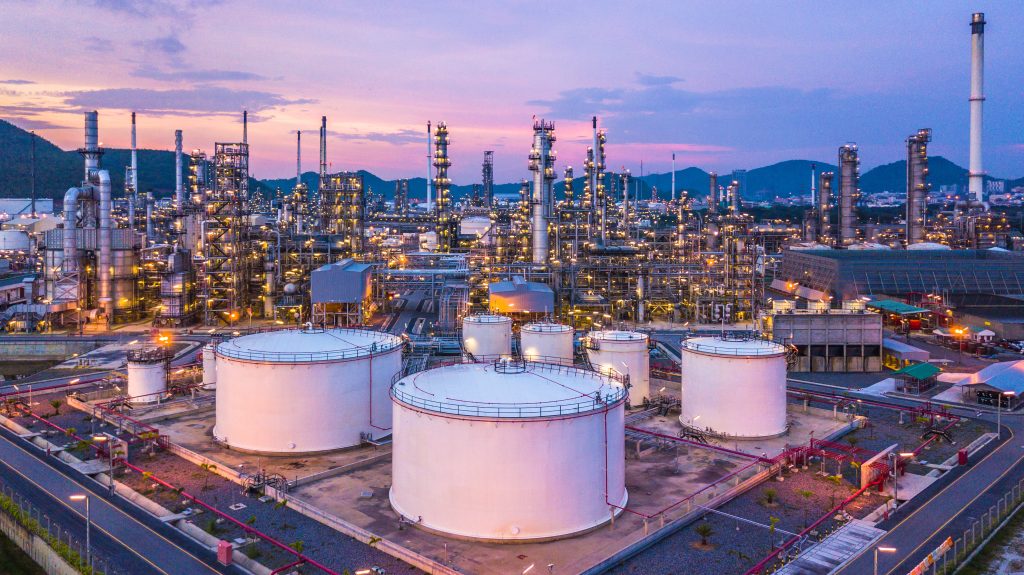Oil prices witnessed a significant uptick, reaching a four-month high, driven by a combination of reduced crude exports from leading producers and positive economic signals from China and the United States. The benchmarks for Brent and West Texas Intermediate (WTI) crude saw increases of 1.8% and 2.1%, respectively, positioning both into an overbought state and marking their highest settlements since late October.
Compounding the surge, U.S. gasoline futures also reached a peak not seen since the end of August.
Supply Adjustments Tighten Crude Output
Iraq, the second-largest producer in OPEC, announced plans to decrease crude exports to 3.3 million barrels per day in the following months to make up for surpassing its OPEC+ quota since January. This commitment would mean a reduction of 130,000 barrels per day compared to the previous month. Saudi Arabia, another major producer, also reported a decline in crude exports for the second consecutive month.
Russian refining capacity has been affected due to Ukrainian attacks on energy infrastructure, resulting in approximately 7% of its refining capability being offline in the first quarter. This disruption is expected to lead Russia to increase its oil exports via western ports.
Concurrently, in the United States, shale oil production is projected to climb in April, achieving its highest output in four months according to federal energy projections.
Global Demand Signals Strength
China, the largest oil importer globally, showed signs of robust economic activity with factory output and retail sales exceeding expectations in the initial months of the year. Analysts point to the strong demand for crude from China as a key influencer on oil prices. Chinese refineries have ramped up production to cater to the heightened demand for transportation fuels during the Lunar New Year period.
In the United States, expectations around the Federal Reserve’s interest rate decisions have shifted, with investors now anticipating a rate cut in June rather than May, and with fewer cuts anticipated throughout the year. Lower interest rates could potentially lower the cost of goods and services, spurring economic growth and, consequently, oil demand.
The U.S. Energy Secretary announced that the Strategic Petroleum Reserve (SPR) stockpiles are expected to return to, or surpass, levels prior to significant sales two years ago, a move that could further bolster oil demand. Additionally, the BP refinery in Whiting, Indiana, is back to normal operations, which is also anticipated to drive up demand.
The interplay of these supply and demand dynamics underscores the volatile nature of the oil market and its sensitivity to geopolitical and economic developments.
